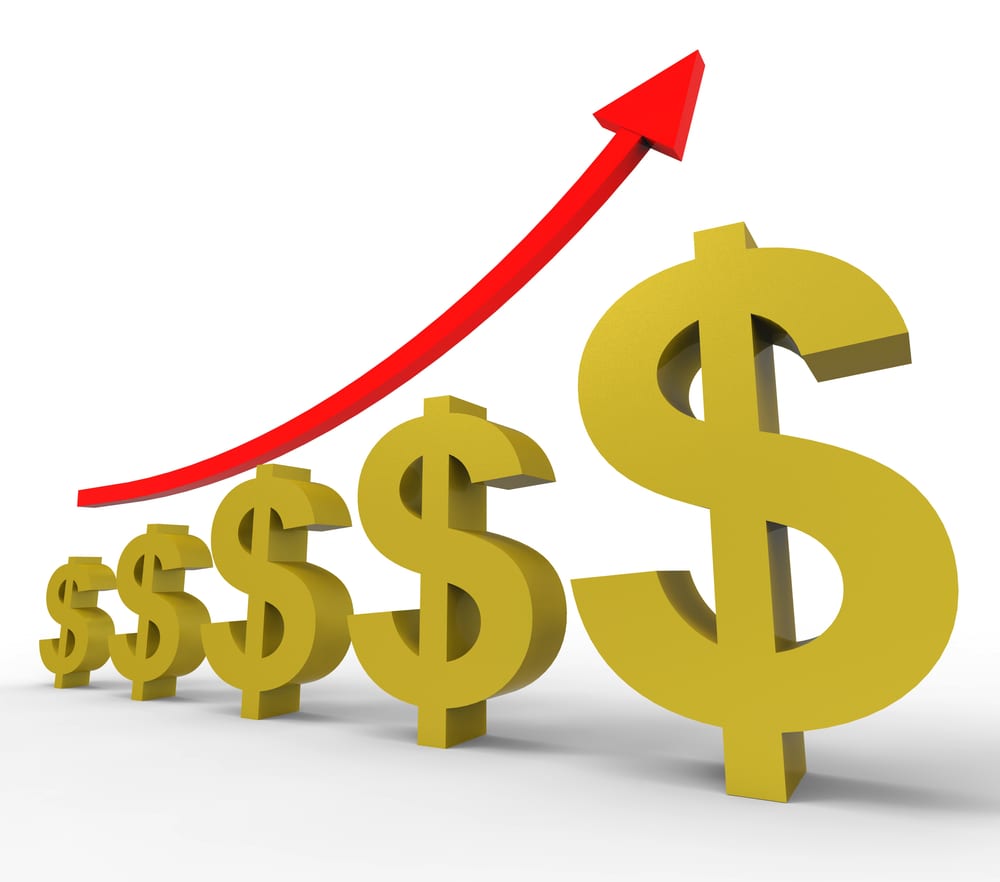
Dynamic ticket pricing is the latest trend in event management, but venues and event promoters have been practicing this pricing method for years. The concept is simple. If an event is not selling as expected, ticket prices are discounted below the original price; if the event is in high demand, ticket prices go up. Examining dynamic ticket pricing profitability shows increases in sales.
A dynamic pricing model can help your venue sell more seats for low demand performances, while increasing revenue for the most popular ones. Think of a seat as a perishable good. A seat with no one in it when the curtain goes up has no future value.
To ward off customer complaints and dissatisfaction, do make sure you:
- Adhere to published ticket prices. Don't surprise your customers with ticket prices higher than they expected. With ThunderTix, you can sell tickets online with no fees.
- Consider whether prices should be set in pre-printed materials. If you expect high sales, consider creating promotional without published prices or post prices with a notice that prices are higher at the door. Or follow the pattern set by the airlines by using your website to modify prices continuously.
- Show sensitivity to the prices paid by those who purchased tickets prior to discounting. If patrons have purchased tickets at higher face value, consider offering coupons for the discounted value towards future shows.
- Use history as your guide, you can predict patterns based on past sales. For example, if your venue has a slow winter season, but a popular summer season, you might consider lowering or raising tickets accordingly.
However you choose to implement dynamic pricing, view this pricing structure as a tool to more effectively utilize your resources. Whether you are a performing arts or live concert venue, dynamic ticket pricing profitability is true, can help you sell more seats, and can increase revenue!
Be sure to take a look at our other features and sign up for a free trial today!